“Beauty lies in the eyes of the beholder,” or so claim the Greek philosophers who initially pondered the saying. When planning your garden, let’s ponder what is beautiful to YOU and lifts your spirits. See 4 ideas or themes on flowers to plant in your raised flower bed.
Advertisement
Beauty is a personal opinion, a preference and often times a magnetic pull. What is beautiful to one person is utterly and completely, subjective, it lives within us. Any disagreement of which should matter not for the one to whom the voice within whispers quietly or persistently or perhaps emphatically, “Yes! I love that! Yes, I want that! Yes, that makes me feel happy!” In reflecting on the design of your garden, you must listen for that feeling. If you can get quiet enough and listen close enough to hear it, then follow it, it will reward you with something that might just make your heart bloom with joy!
As the Garden Grows, so Does the Gardener
A garden can simply be utilitarian and there is nothing wrong with that but since we are flower focused, you might as well choose those flowers that make your heart lift and the corners of your mouth settle into an easy smile or give you pause to take in the way the veins that course through the sun-illuminated leaves are pulsing life and nutrients back and forth from the roots. For me, that is priceless therapy.
See more benefits of growing a flower garden.
While you consider which flowers to plant in your flower bed, allow yourself to choose plants and colors, uses and scents, tastes and textures, that move you, excite you, relax you or infuse some feeling within for you. What will make home feel more like the place you want to spend time?
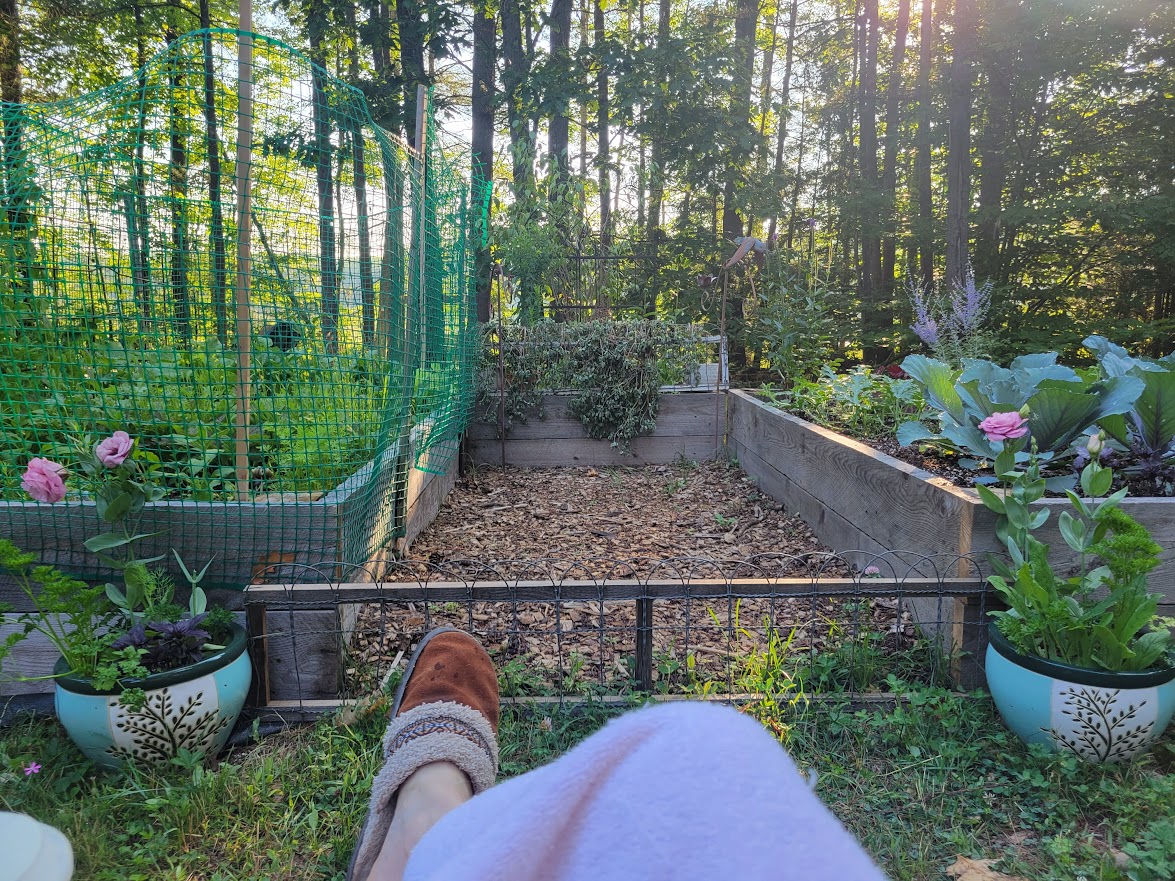
I’ll help you narrow down the wide floral field of options a bit. Here are four flower beds themes and three simple guidelines below.
There are no wrong choices! Mother Nature is a straightforward teacher. If you accidentally choose a plant that doesn’t work in your zone, or in your soil type or with your unique set of growing circumstances, it just likely won’t survive. Don’t worry! That is okay and now you will have learned something. Gardening is a gift that gives its lessons slowly, over seasons and when we pay attention, what we take from it will shape us too over time. As the old saying goes, as the Garden Grows, so does the Gardener!
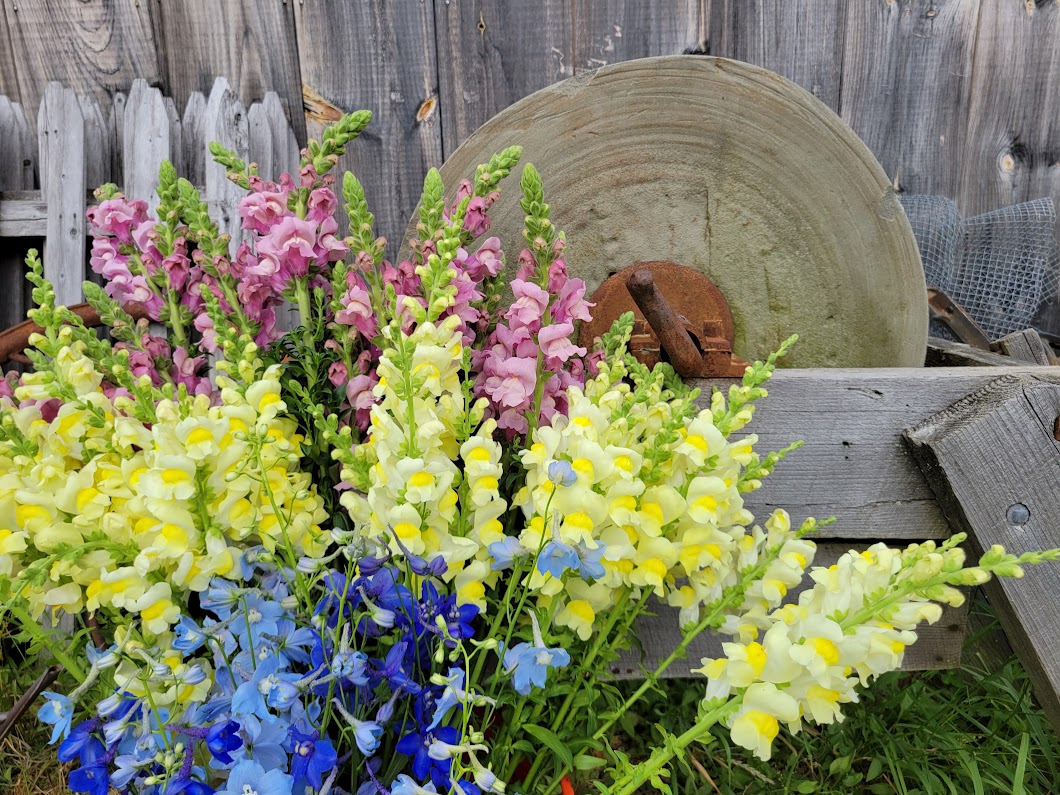
4 Flower Bed Design Themes
There is no easy way to know in advance how your particular plant choices are all going to look together before you plant them and before they are in their flowering season without some experience and years of practice tucked into your gardening-apron. That can make it a bit of a challenge to decide how to plan it all out with some sense of coherency. What I have found helpful is to get out the scissors and my collection of plant catalogs and start cutting away. Making a collage garden mockup isn’t for everyone. You can also sketch it out if your artistry skills are up to par, which mine are definitely not.
This is a really uplifting winter project as well that can help us weather through those cold, short and bleak winter days. Nothing like a catalog of color and blooms and possibility to ogle over by the warmth of the fire! A great reference is the Flower Gardener’s Handbook by The Old Farmer’s Almanac to use as a guide to the flowers that grow well in your particular zone and to hone-in on their preferred planting needs such as recommended varieties, plant spacing, care needs and pest/diseases to be aware of. For the cutting catalogs, I sign-up in the summer and start receiving them in the mail just about when we’re buried up to our eyeballs from the latest Nor’easter or nearly frozen in place from an unwelcome cold snap!

1. Pretty Posies – A Seasonal Floral Cutting Garden
- Spring Narcissus ‘Sir Winston Churchill’, ‘Tahiti’, and ‘Replete’; and Tulipa ‘Renown Unique’ and ‘Apricot Parrot’
- Summer Snapdragon Antirrhinum majus ‘Potomac Lavender & Yellow’, Cosmos Cosmos bipinnatus ‘Cupcake White’, Zinnia Zinnia elegans ‘Queen Red Lime’ & ‘Queen Lime with Blush’
- Fall Sunflower Helianthus annuus ‘Teddy Bear’, Celosia Celosia argentea ‘Celway’, and Brown-eyed Susan Rudbeckia hirta ‘Autumn Colors’

Above: Featuring the Flower Gardener’s Handbook from The Old Farmer’s Almanac
2. Kitchen Apothecary – Herbal & Medicinal Garden for Home & Health
- Spring Chive Allium schoenoprasum, Peppermint Mentha spp, Chamomile Matricaria recutita
- Summer Lavender Lavandula angustifolia, Dill Anethum graveolens ‘Bouquet’, Common Sage Salvia officinalis, Oregano Origanum vulgare hirtum
- Fall Shiso Perilla frutescens ‘Red, Green or Britton’, Rosemary Rosmarinus officinalis, Thyme Thymus vulgaris

3. Birds & the Bees – Playful Pollinator Garden
- Spring Poppies Papaver somniferum, Tall White Beardtongue Penstemon digitalis, Sweet Alyssum Lobularia maritima
- Summer St. John’s Wort Hypericum perforatum, Coreopsis Coreopsis lanceolata, Coneflower Echinacea purpurea, Butterfly Weed Asclepias tuberosa
- Fall Sunflower Helianthus annuus, Black-eyed Susan Rudbeckia hirta, Wild Bergamot Monarda fistulosa.
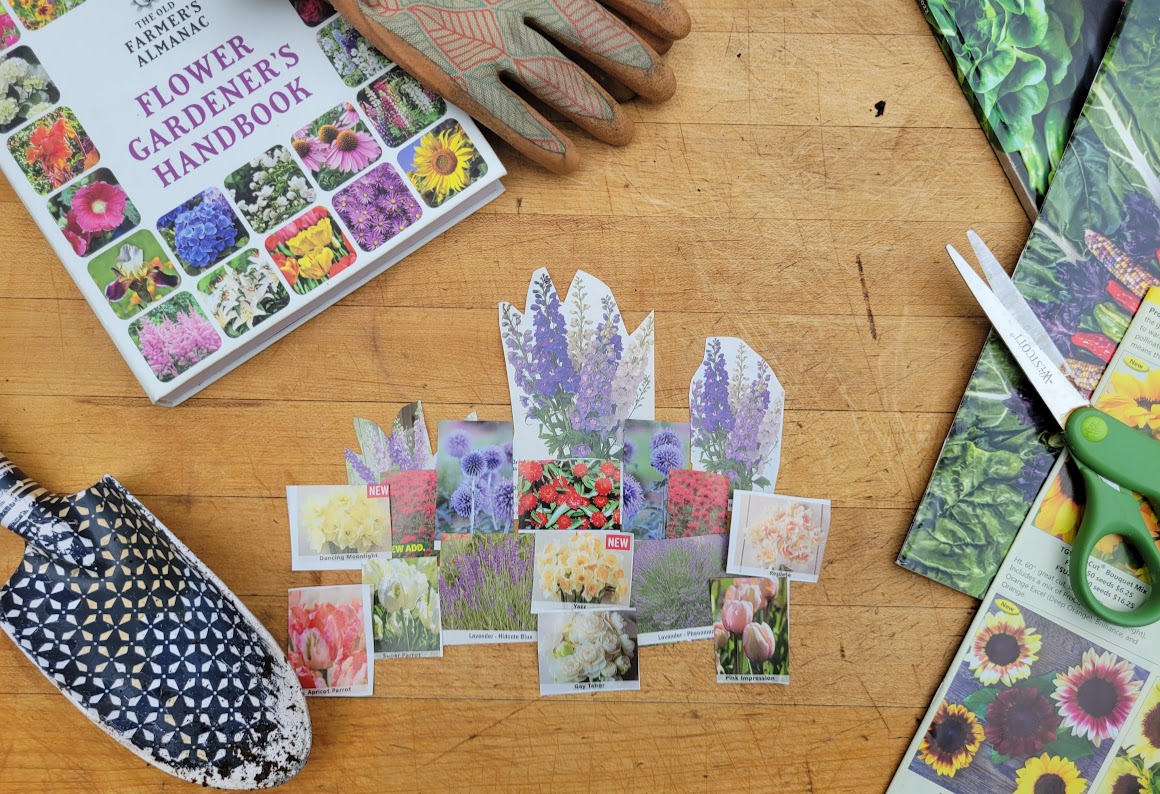
4. Eternal Elegance – Perennial Garden for Entertaining
- Spring Nigella papillosa ‘Delft Blue’ or ‘Miss Jekyll’, Narcissus ‘Tete a’ tete’ or ‘Tahiti’ Tulipa ‘Apricot Webers Parrot’ or ‘Marilyn’
- Summer Astilbe (x arendsii) ‘Irrlicht’, Delphinium (x belladonna) ‘Blue Donna’ or ‘Cliveden Beauty’, Lavender Lavandula angustifolia ‘Munstead’ or ‘Hidcote’
- Fall Speedwell Veronica spicata ‘Alba’, Throatwort Trachelium caeruleum ‘Lake Michigan Violet’, Stonecrop Hylotelephium ’Herbstfreude’ ‘Autumn Joy’
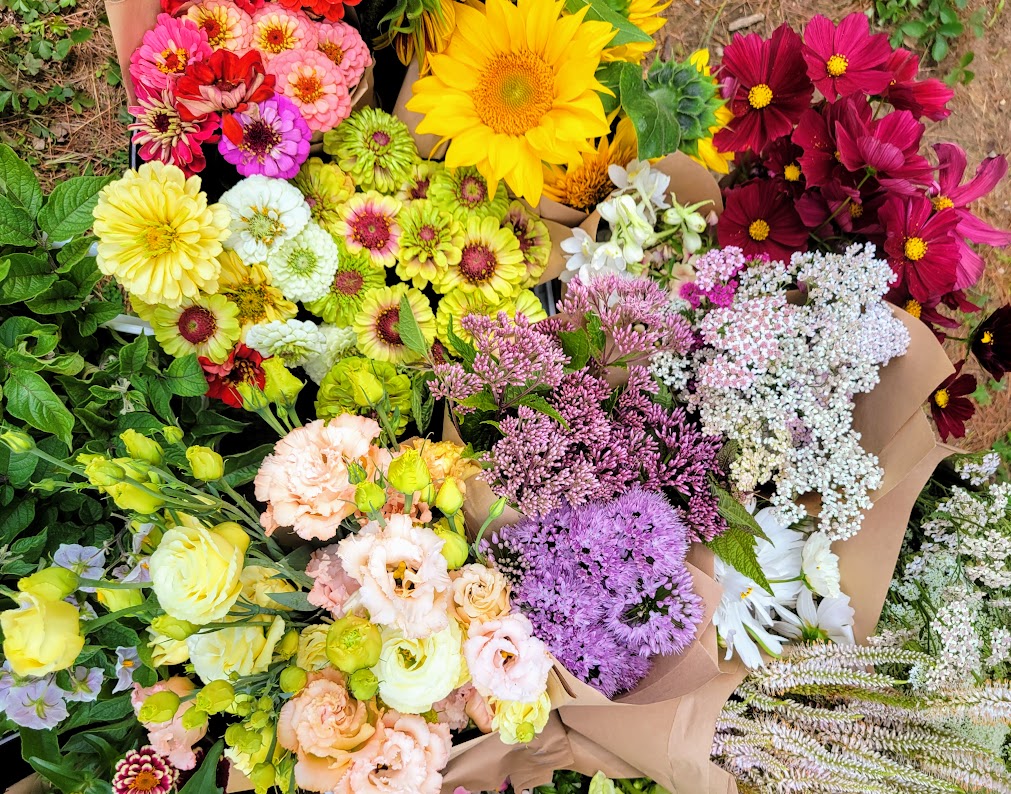
3 Simple Guidelines for Your Flower Bed Design
1. Color: Do you want a color theme? What is the feel you are going for? Maybe you want a garden that feels invigorating and exciting and maybe like a little explosion of fireworks and vavoom when you look upon it? Well then, you might want to focus on some high energy colors like reds and oranges and yellows when choosing your plants. Or you could use a color wheel and go with colors that are opposite one another and are known to be complementary and harmonizing together. For example, yellow and purple. It isn’t hard really to consider what nature presents organically for color pairings to see if they work well together. Plant in a rainbow or plant a monochromatic mash-up of purples, if they speak to you. When it comes to design, these are gentle guidelines and I personally lean less towards hard concepts and more towards what makes me feel something!
2. Repetition: Imagine walking into a party and as you scan the room you see a few familiar faces dotted throughout the bustling space. Seeing those faces, you relax a bit. Okay, maybe it’s just me, but seeing familiarity throughout allows me to relax knowing there will be some folks that I already know out in the crowd and I can rest into the idea that I will get to connect and visit with some familiar people. Plants work the same way. Familiarity in a garden space allows one to integrate the whole and allows the eye and hence, the body, to relax a bit. Whether it is repetition of the same plant, or the same color or even a similar shape that allows the eyes to rest in places doesn’t matter overly. Only that we allow some parts of that to happen. In this way, it will allow you to experience all of the other colors and shapes that also are vying for your immediate attention. Repetition gives a sense of cohesion and unity to your garden space and dimension, allowing some plants to drop to the foreground while others pop forward into view.
3. Layers: Being 5 feet 3 inches and due to decades of gravity, slowly making my way towards 5’2”, I have never NOT been invited to the front when preparing to take a group photo. If you are vertically challenged, or perhaps live your life from the height of a wheelchair, then you know the drill when it comes to group pictures. And likewise, if you are of the stature accustomed to ducking your head when walking through a doorway, you know your spot in the back. Flowers are pretty much the same way! Shorter flowers get invited to be front and center stage while those that are tall and mighty create the backbone of the floral party picture or sit centrally located if you happen to be designing in a circle. Layering in this way allows the viewers eyes to cascade up and around the floral bed taking in all the shapes, textures, colors and vistas before them without missing any one being hidden behind the tall gal. I consider this to be vertical layering.
Horizontal layering relates to adding in variety and bloom across the changing seasons. In the Northeast that would mean having something in bloom from Spring, Summer and then into the Fall. In this way, the garden always has something in bloom, or on the buffet, if you are planting with pollinators in mind, throughout your growing season.
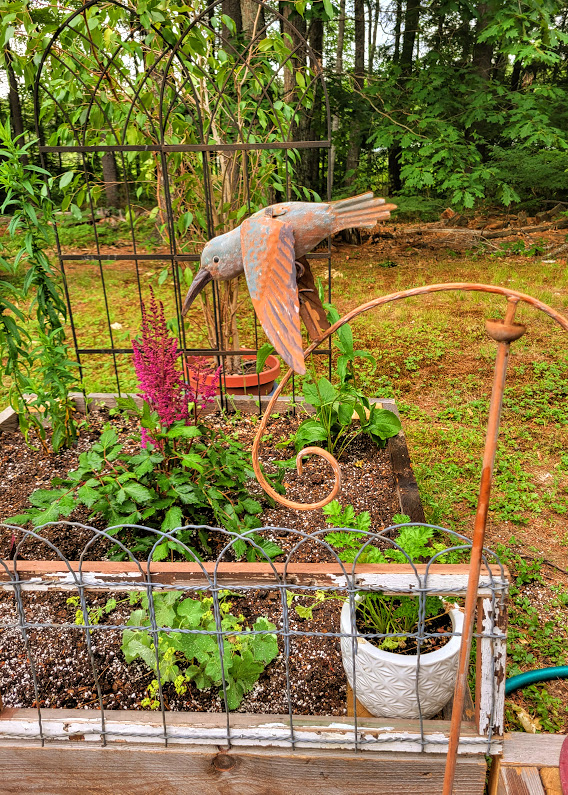
Garden Accents and Adornments
Adding in a personal touch with decorations, doo-dads or adornments lends even more personality to your garden space! We have endless treasures of rusty farm parts, window frames and weathered wood that I love to re-purpose and add into the gardens around here. Have fun using colorful flowerpots or even one color throughout the garden to add some cohesion and yet another dimension of layering. Or maybe you have a particular interest in antiques, birdbaths, pots or trellises? There are endless ideas to explore and just have some fun!
2 Words: Keep Curious!
That’s ultimately the best advice I can offer. There is no wrong way to go about starting to garden or moving along in a new direction within your garden journey. I like to think of it more as a relationship that you are building as you get to know your plants and the greater ecosystem that supports them. The more that you put into that relationship, the more you will get out of it. Keep curiosity close. Wonder is a magical state of being that can help you to get over apprehension of the unknown, push past the paralysis of wanting perfection, or tackling basic fears of failure. When you lead with curiosity and wonder and appreciate the lessons, then whatever follows is going to be okay. You are simply learning.
Each and every season I start and plant thousands of seedlings. I water, weed, feed and harvest those seedlings for days, weeks and most times months! And each year there is complete failure of some plants while others happen to thrive. I can’t predict it and it is just the way it goes sometimes. Grieve the loss and then get over it and keep going. Get curious again: Will tomatoes grow well alongside Dahlias? Will the Nigella reseed itself if I plant it in this flowerbed and let it go to seed? Does Bupluerum bloom in time to be a filler for spring cut flower bouquets? There is only one way to find out…Keep Curious!
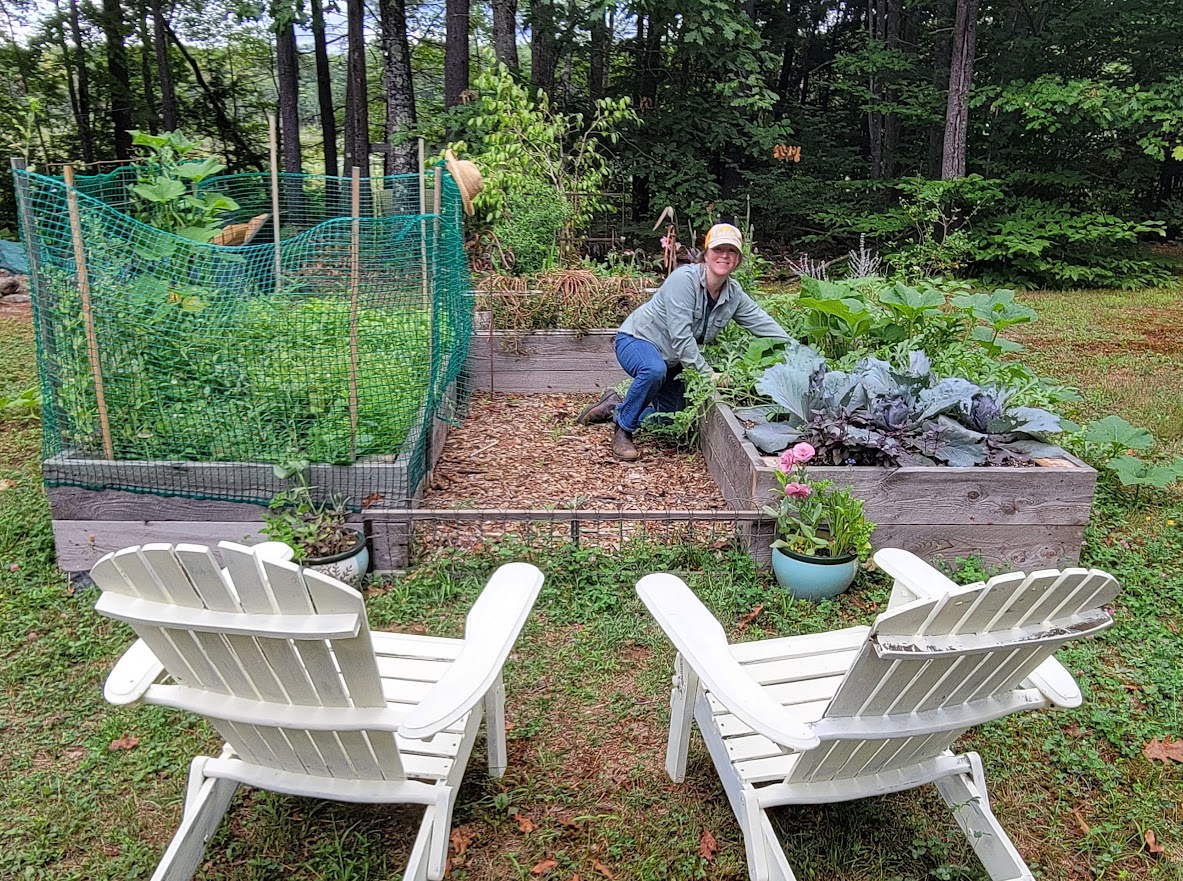
One You!
Do you want to flavor your lemon water for family meals with lavender and mint each evening to help you withstand a relentless summer heatwave? Or maybe you prefer a lovely cutting garden to watch bloom and bring inside to beautify your kitchen table or gift to your friendly neighbor? Or better yet, maybe you envision the early morning, lazy days of summer sitting outside with coffee in hand, watching pollinators wake with the warming day and starting to buzz about and bathe in the Poppies pollen in their daily dance for food? Think about what will bring meaning into the mundane moments and make them memorable. So what’s going to be in your garden? Next blog post, we plant!
If you are just getting introduced to flower gardening, you may want to go back to my first post: How to get started! Or, see how to build a raised flower bed as well as how to fill a raised bed.

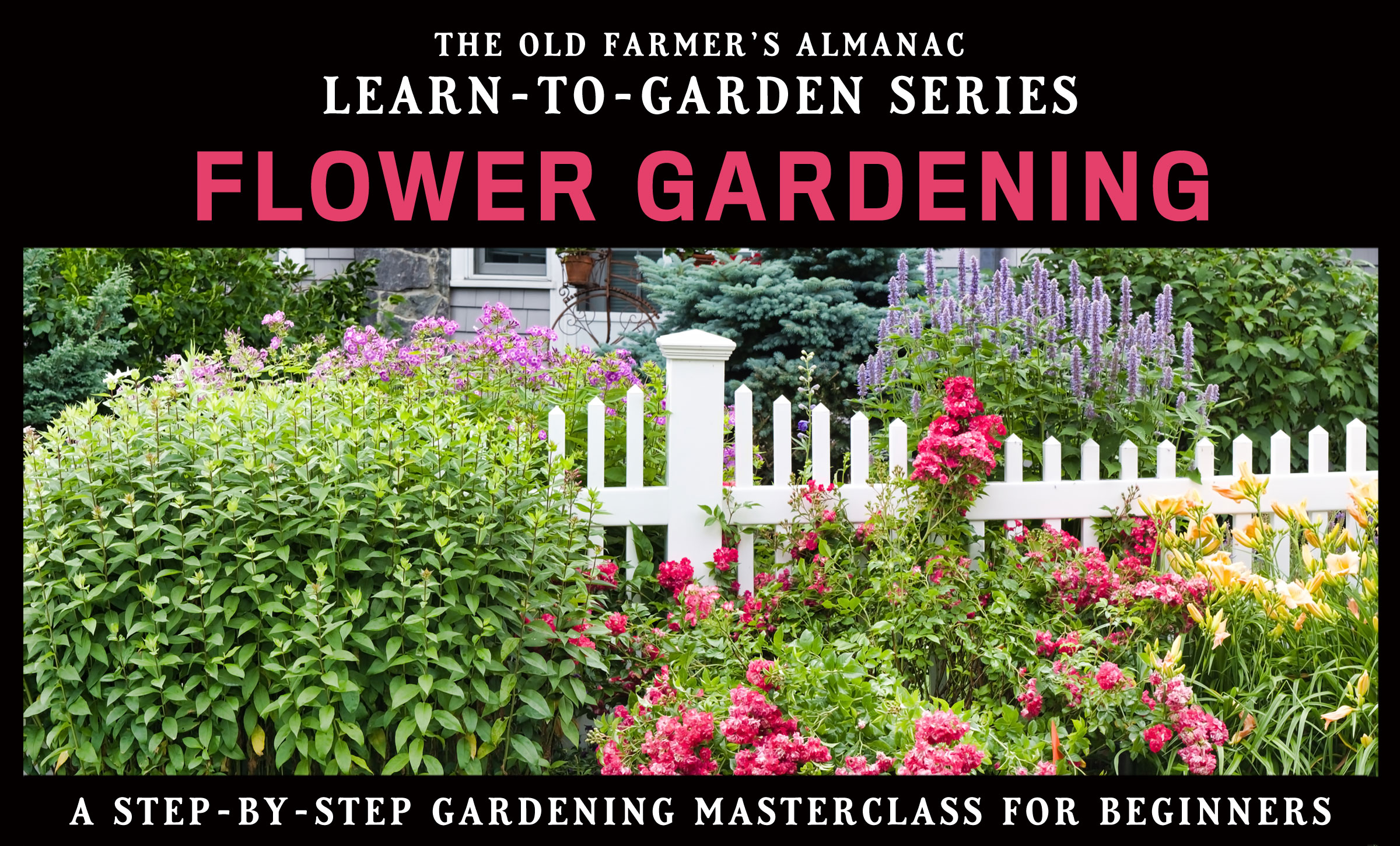


















Comments